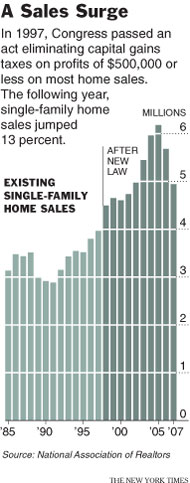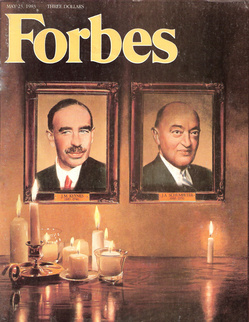(p. B1) Nearly all of us try forecasting the market as if each of the past returns of every year in history had been written on a separate slip of paper and tossed into a hat. Before we reach into the hat, we imagine which return we are most likely to pluck out. Because the long-term average annual gain is about 10%, we “anchor” on that number, then adjust it up or down a bit for our own bullishness or bearishness.
But the future isn’t a hat full of little shredded pieces of the past. It is, instead, a whirlpool of uncertainty populated by what the trader and philosopher Nassim Nicholas Taleb calls “black swans” — events that are hugely important, rare and unpredictable, and explicable only after the fact.
For the full commentary, see:
JASON ZWEIG. “THE INTELLIGENT INVESTOR; Why Market Forecasts Keep Missing the Mark.” Wall Street Journal (Mon., January 24, 2009): B1.
The reference for Taleb’s book, is:
Taleb, Nassim Nicholas. The Black Swan: The Impact of the Highly Improbable. New York: Random House, 2007.
A brief, idiosyncratic review of Taleb’s book, is:
Diamond, Arthur M., Jr. “Review of: Taleb, Nassim Nicholas. The Black Swan.” Journal of Scientific Exploration 22, no. 3 (Fall 2008): 419-422.





